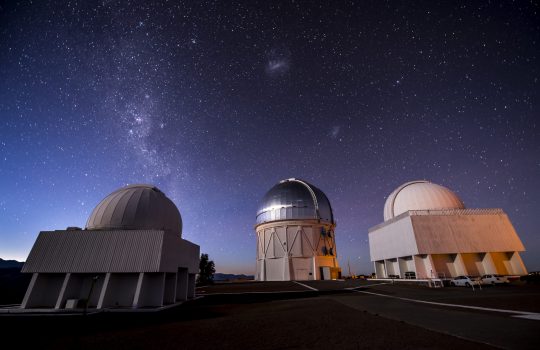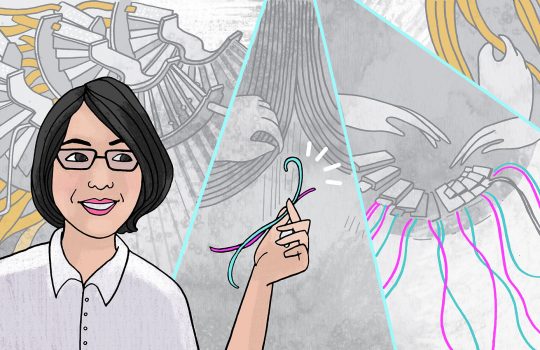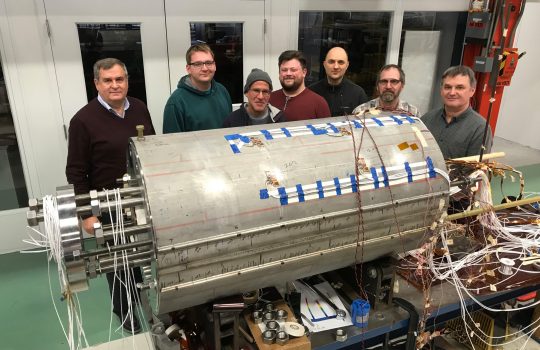Survey delivers on dark energy with multiple probes
The Dark Energy Survey has delivered dark energy constraints combining information from four of its primary cosmological probes for the first time, an approach that may help design other experiments into cosmic acceleration.






